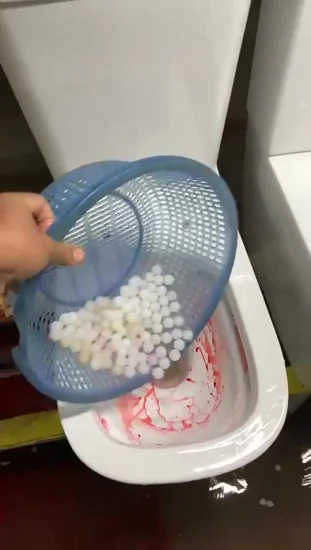Are You Permitted to Flush Food in the Toilet?
Are You Permitted to Flush Food in the Toilet?
Blog Article
Presented here below you can discover a good deal of awesome points with regards to Flushing Food Down the Toilet?.

Intro
Many individuals are usually confronted with the issue of what to do with food waste, particularly when it comes to leftovers or scraps. One usual question that emerges is whether it's fine to flush food down the commode. In this short article, we'll look into the reasons individuals may consider flushing food, the effects of doing so, and alternate approaches for correct disposal.
Reasons why people could consider purging food
Absence of awareness
Some individuals might not recognize the potential damage brought on by flushing food down the bathroom. They might erroneously believe that it's a harmless practice.
Benefit
Purging food down the bathroom might feel like a quick and very easy solution to throwing away undesirable scraps, especially when there's no nearby trash can offered.
Idleness
In many cases, individuals might merely pick to flush food out of large idleness, without considering the consequences of their actions.
Consequences of flushing food down the commode
Ecological influence
Food waste that winds up in waterways can contribute to pollution and injury marine ecosystems. Additionally, the water made use of to purge food can strain water sources.
Pipes problems
Flushing food can bring about stopped up pipes and drains pipes, triggering expensive plumbing repair services and hassles.
Types of food that must not be flushed
Coarse foods
Foods with fibrous structures such as celery or corn husks can get entangled in pipelines and trigger clogs.
Starchy foods
Starchy foods like pasta and rice can soak up water and swell, leading to clogs in pipes.
Oils and fats
Greasy foods like bacon or food preparation oils need to never ever be purged down the commode as they can strengthen and cause blockages.
Correct disposal approaches for food waste
Making use of a garbage disposal
For homes outfitted with garbage disposals, food scraps can be ground up and flushed through the plumbing system. Nonetheless, not all foods appropriate for disposal in this manner.
Recycling
Specific food product packaging materials can be recycled, reducing waste and lessening ecological influence.
Composting
Composting is an environmentally friendly method to throw away food waste. Organic materials can be composted and made use of to improve soil for horticulture.
The relevance of appropriate waste monitoring
Lowering ecological injury
Appropriate waste management techniques, such as composting and recycling, help decrease air pollution and protect natural resources for future generations.
Protecting plumbing systems
By avoiding the technique of flushing food down the bathroom, property owners can protect against costly plumbing fixings and keep the stability of their plumbing systems.
Conclusion
To conclude, while it may be tempting to purge food down the bathroom for benefit, it is essential to recognize the potential repercussions of this activity. By taking on correct waste management practices and disposing of food waste responsibly, individuals can add to healthier plumbing systems and a cleaner environment for all.
FLUSH FOOD DOWN THE TOILET?
FLUSHING FOOD CAN CAUSE BLOCKED DRAINS IN YOUR HOME
All of the plumbing fixtures in your home are connected to the same sewer pipe outside of your home. This outdoor sewer pipe is responsible for transporting all the wastewater from your home to the Council sewer mains. Even small pieces of food that go down the kitchen sink can cause problems for your sewer. It should therefore be obvious that flushing larger bits of food, such as meat, risks a clog in either the toilet itself or the sewer pipes. Flushing greasy food is even more problematic because oil coagulates when it cools, coating the interior lining of your pipes.
THE TOILET IS NOT A BIN
Food isn’t the only thing that people shouldn’t be flushing down the toilet. People use the toilet to dispose of all kinds of things such as tampons, makeup wipes, dental floss, kitty litter and even underwear. Water goes to great lengths to educate residents about the high costs and stress placed on wastewater treatment systems simply from people flushing the wrong stuff down the toilet. It costs taxpayers millions of dollars each year, and homeowners thousands in blocked drain repairs.
FLUSHING FOOD IS A WASTE OF WATER
Flushing food is a waste of our most precious resource - water. In June this year Level 1 water restrictions were introduced to protect water supply from drought conditions. Much of New South Wales continues to be affected by prolonged drought with recent figures revealing up to 97 per cent of the state remains in drought. Depending on whether you have a single or dual flush toilet, every single flush uses between five and 11 litres of water. In the current climate this is a huge amount of water to be wasting on flushing food that should be placed in the bin (or better yet, the compost).
https://www.jabplumbingsolutions.com.au/blog/can-you-flush-food-down-the-toilet

Hopefully you liked our piece on . Thank you for spending some time to read through our posting. Sharing is caring. You won't know, you may be doing someone a favor. I recognize the value of reading our article about .
Call Today Report this page